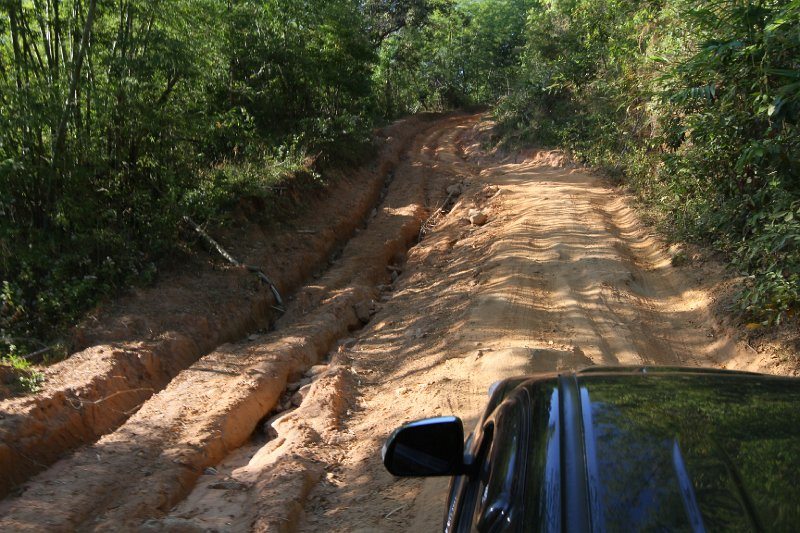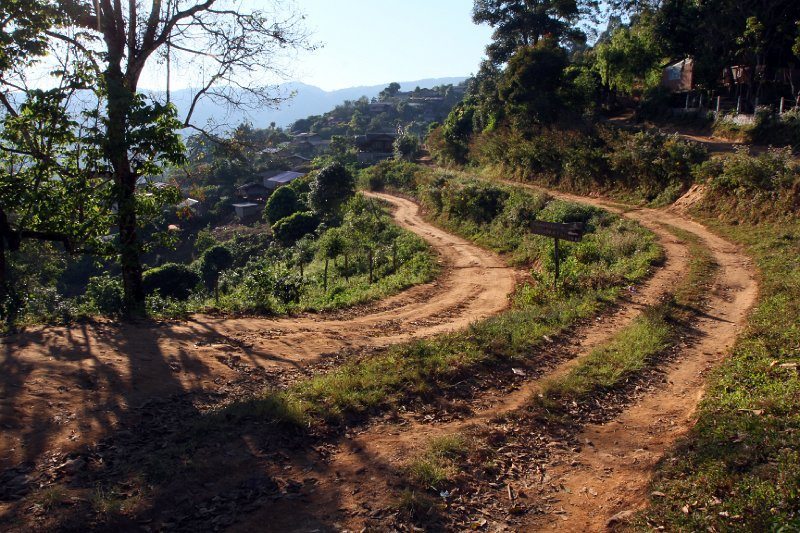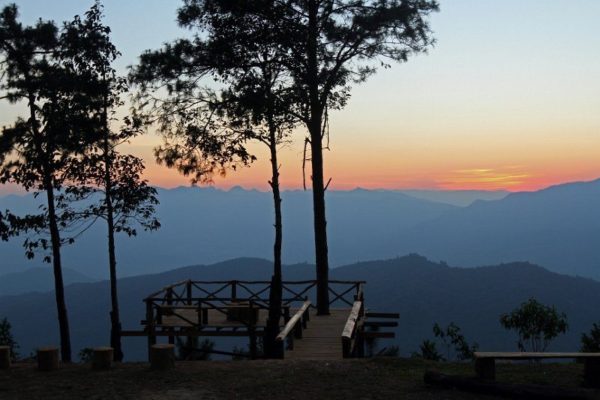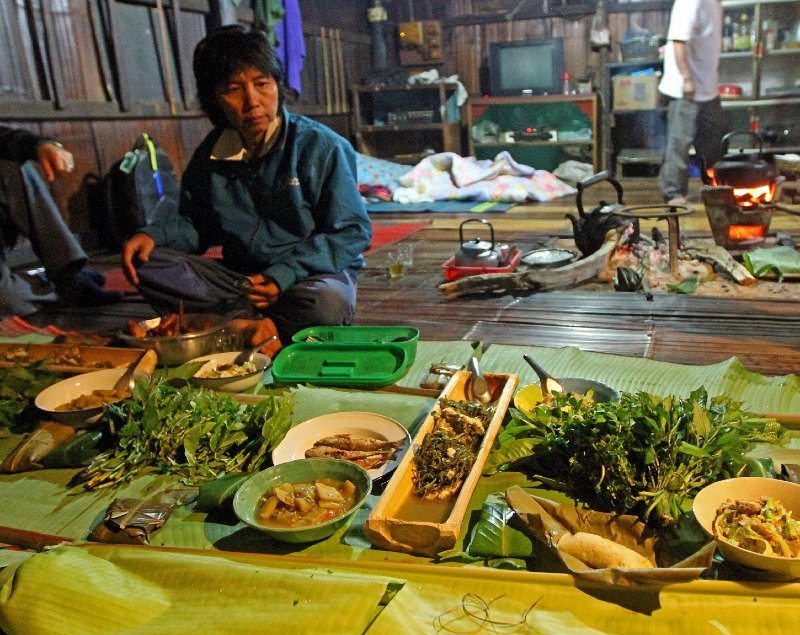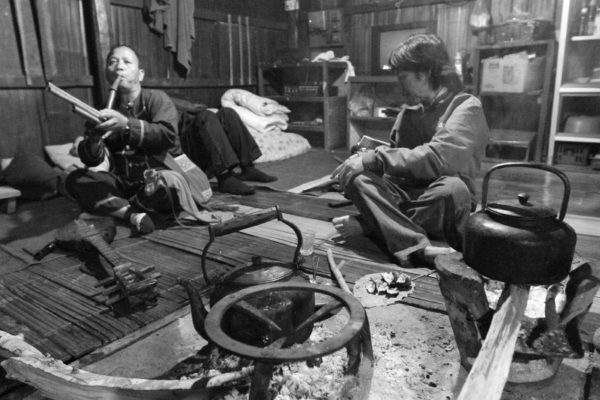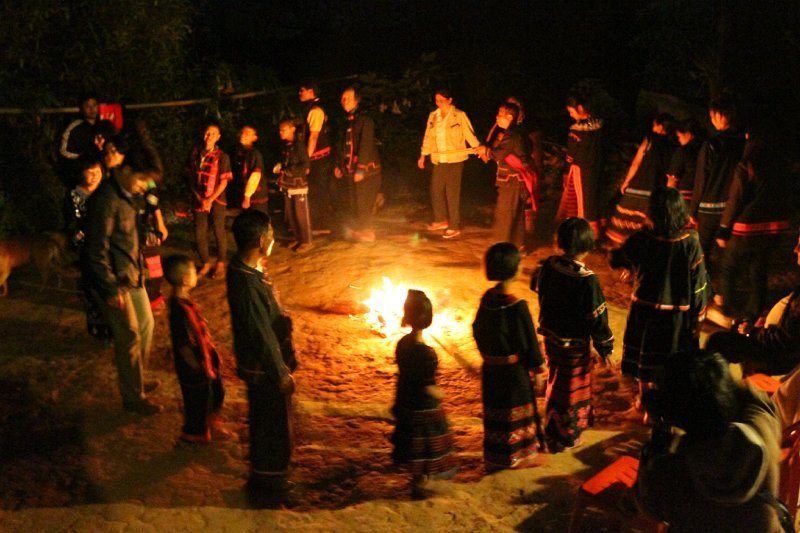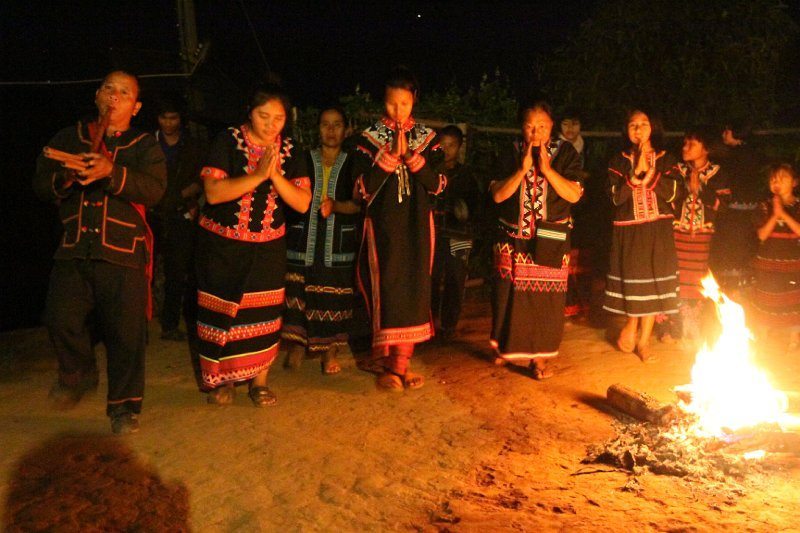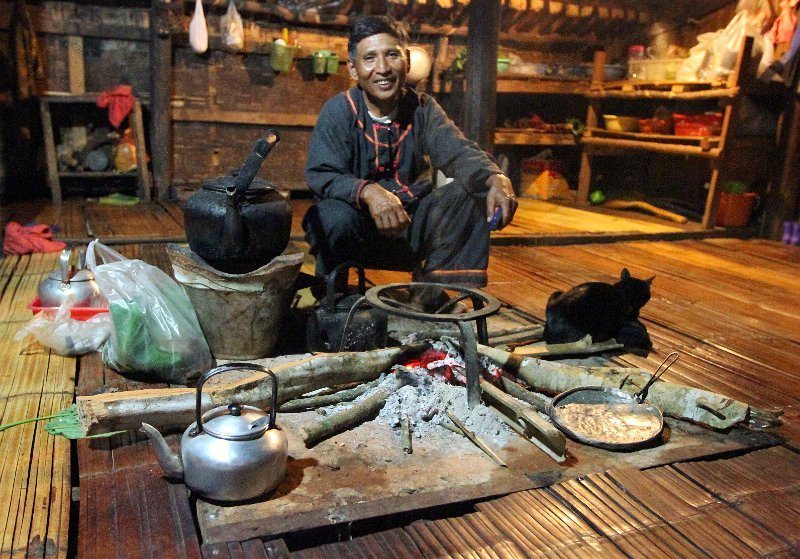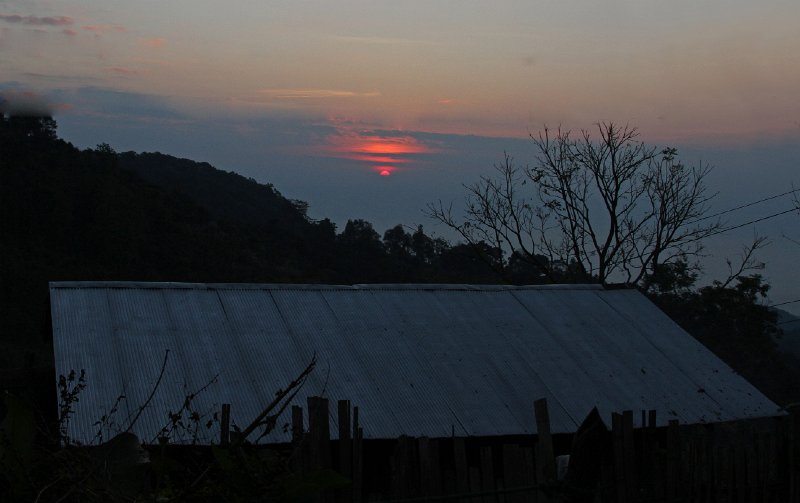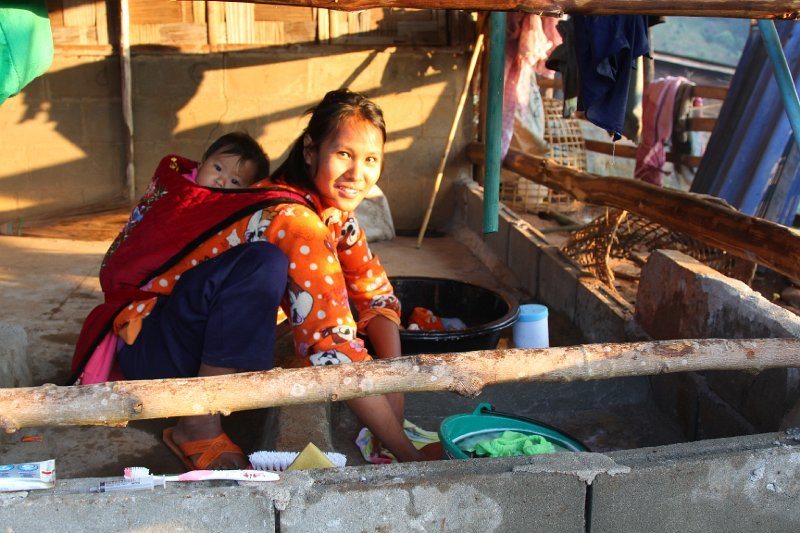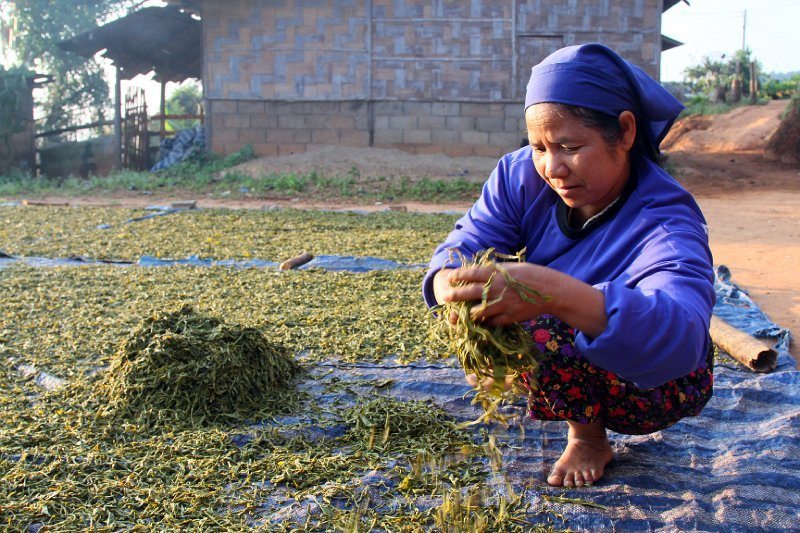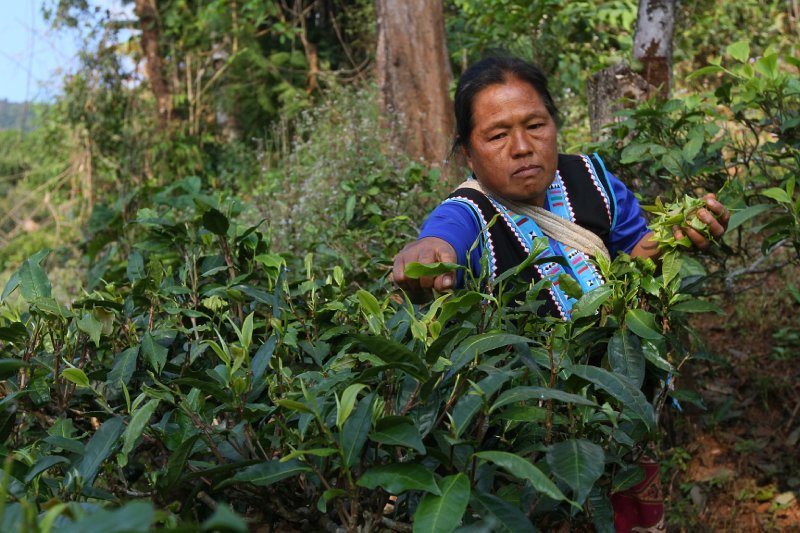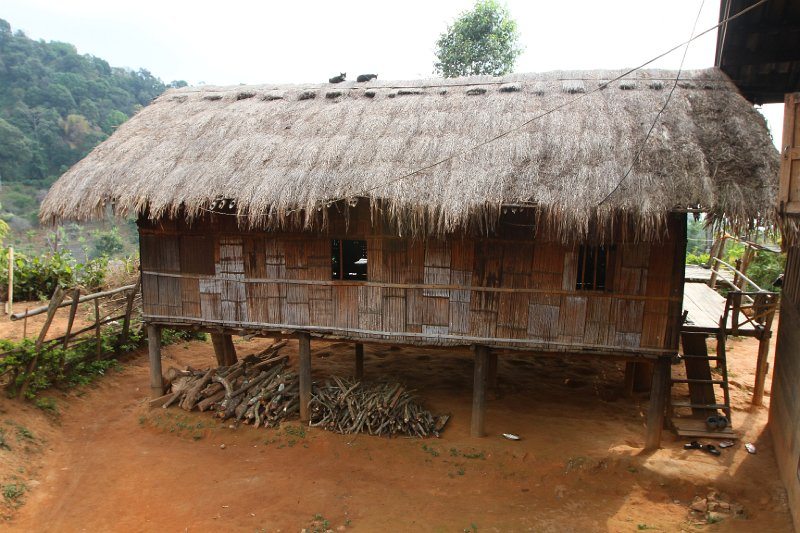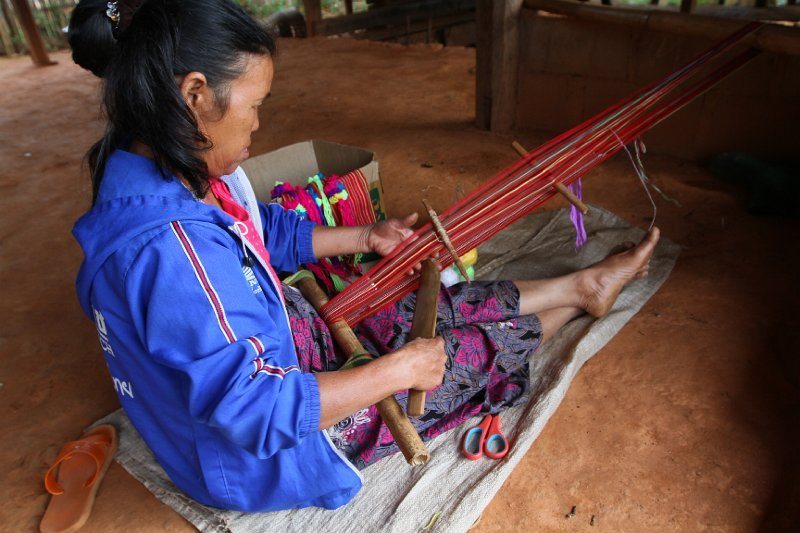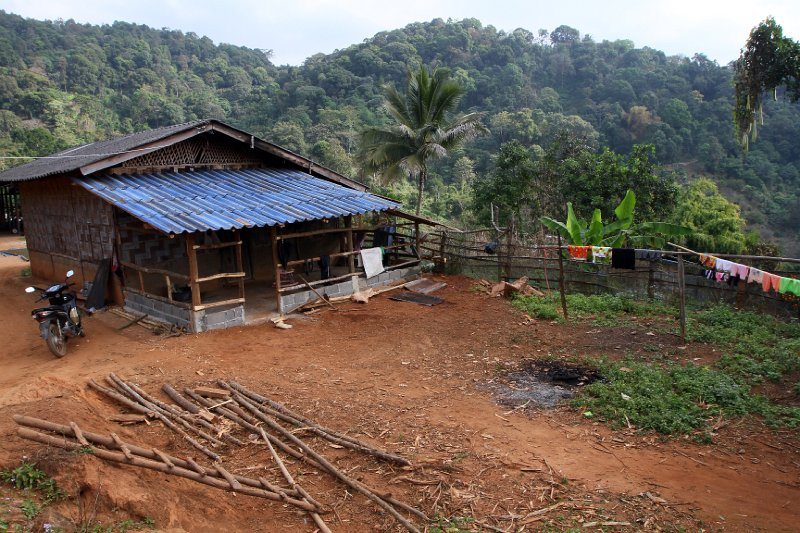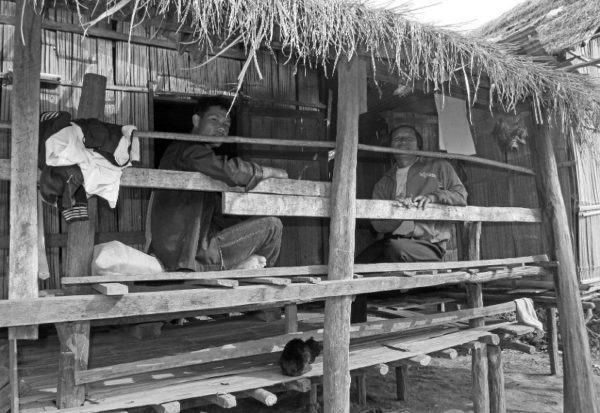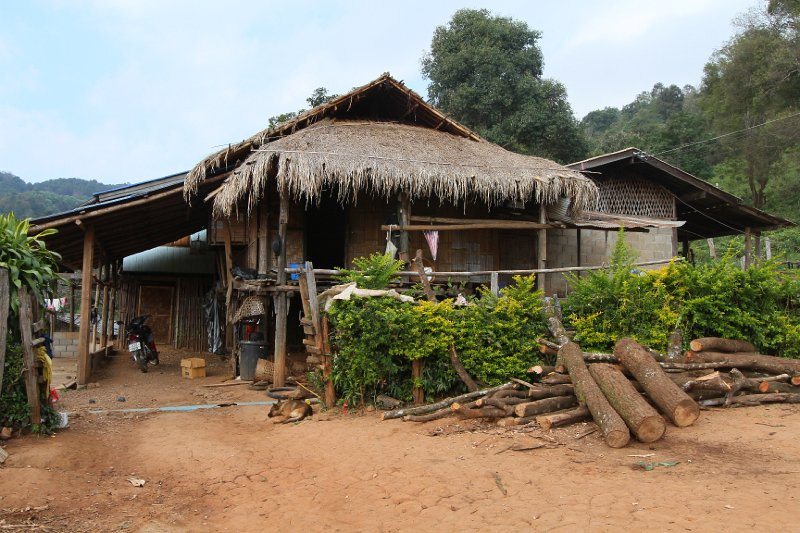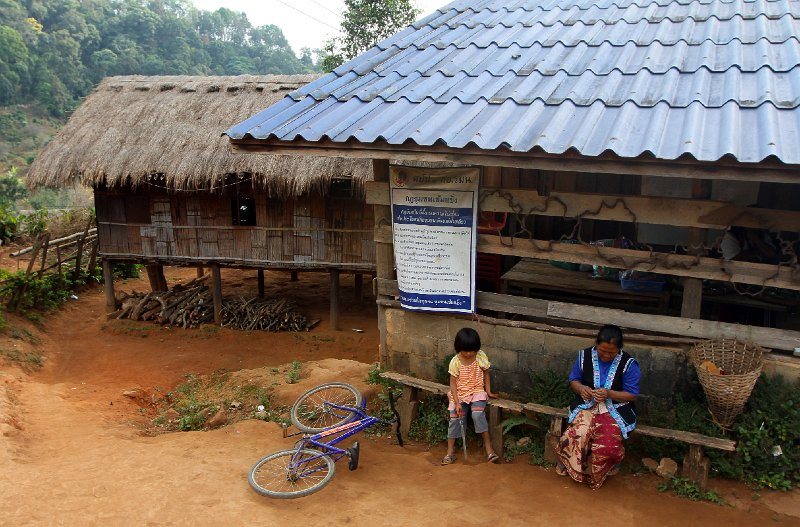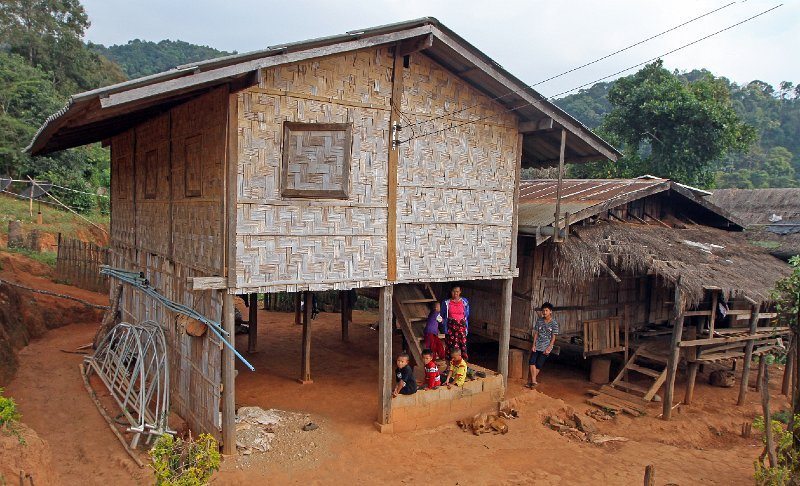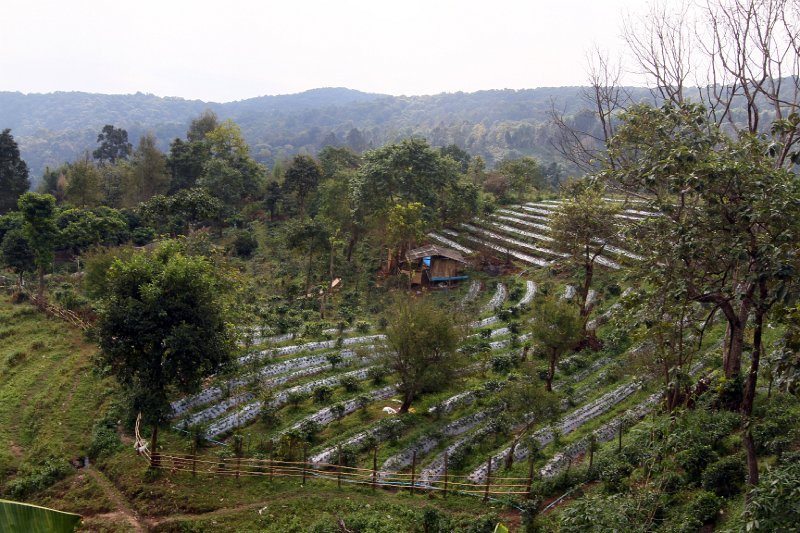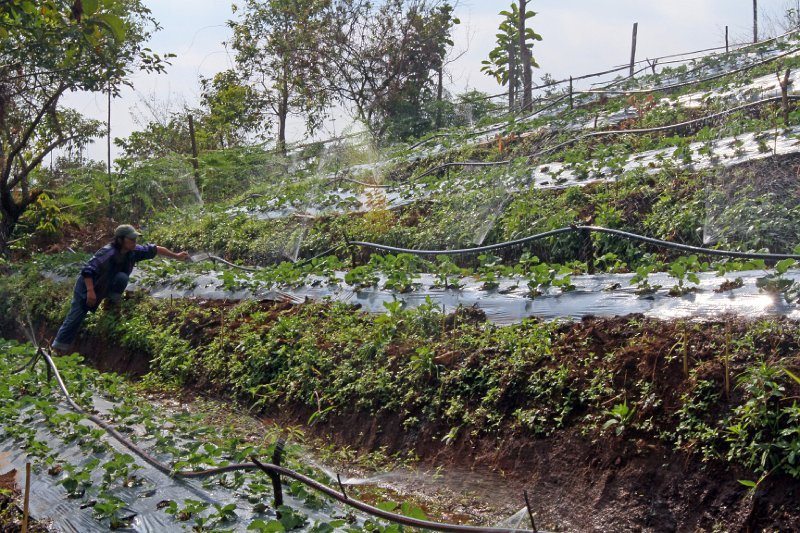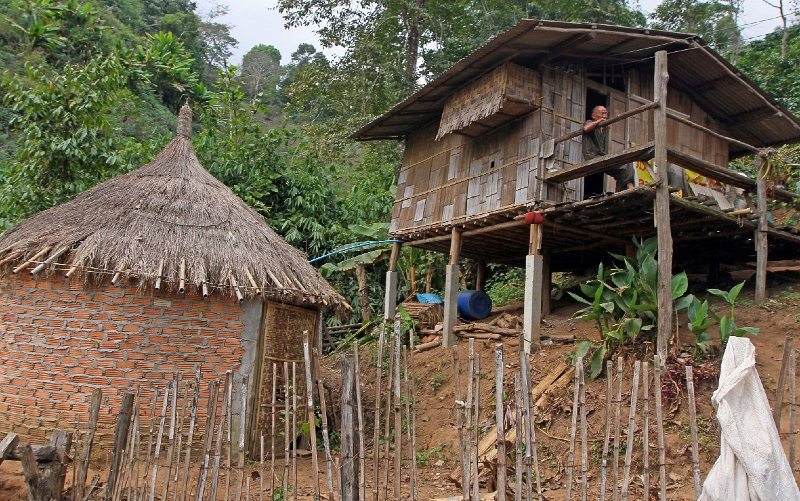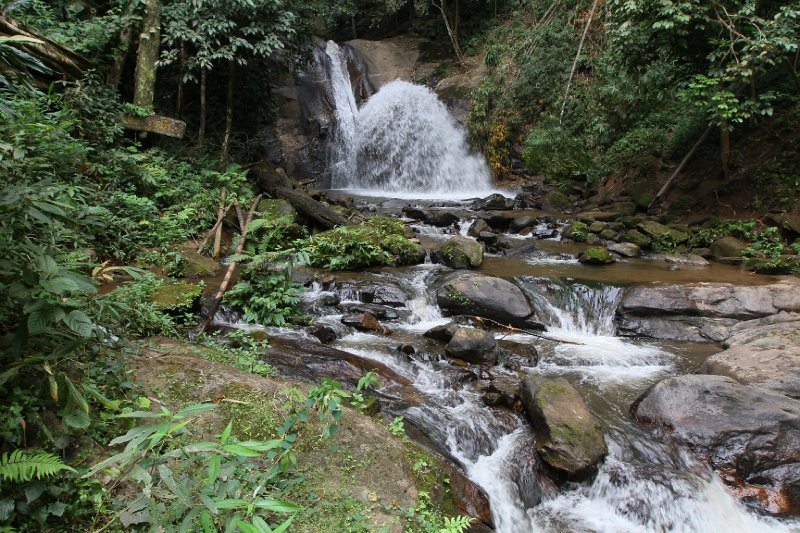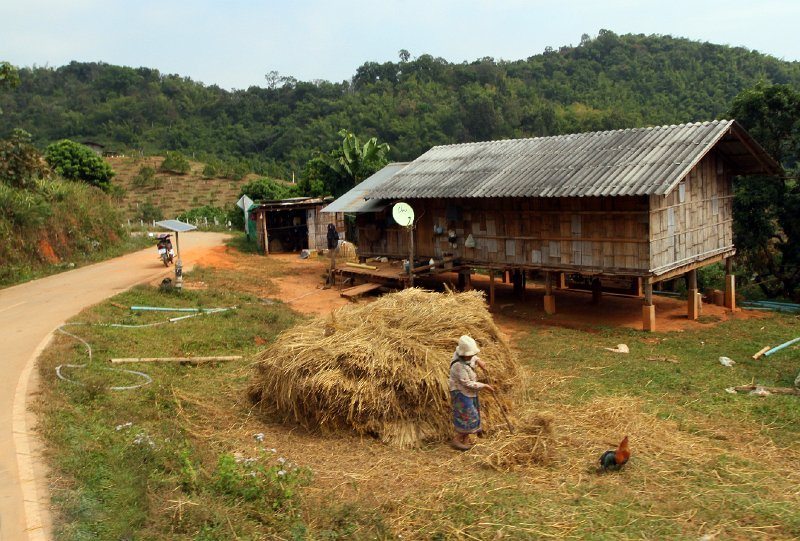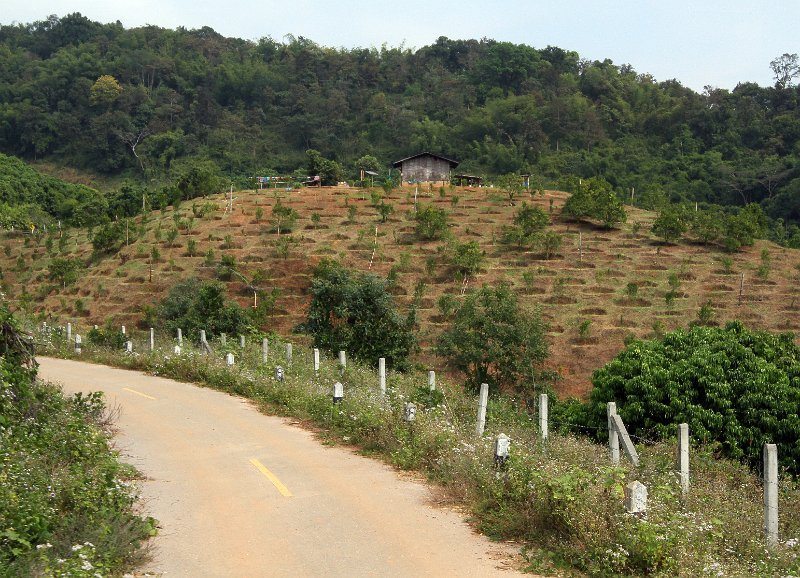Within a short distance of Chiang Mai, Thailand’s speedily developing second capital city, tribal cultures exist that have been largely unaffected by modern development (e.g. electricity, communications, modern transportation, market systems, urban planning, etc.).
While this reality is rapidly changing as the social norms of Western culture influenced globalization further percolate into the social fabric of the ‘developing’ world, these cultures, their way of life, potentially serve as a social-scientific measurement of the human species in-terms of how it is being core effected by modernization.
Regardless, let’s journey into environments that most people in the world see on National Geographic.
Travel to the Burmese border, four-wheel-drive truck trek it to a hill tribe village perched atop a 1,300 meter high summit, pick tea and dance around a fire with villagers.
Doi Pu Muen is an eco-style tourist attraction focused on local Lahu traditions and culture. A village located in the Pa Hom Pok mountain range in Mae Ai, Doi Pu Muen sits at the source of Thailand’s Ping River, and is an area where Lahu people emigrated to from south Tibet 130 years ago.
Click here for more information about this village.

